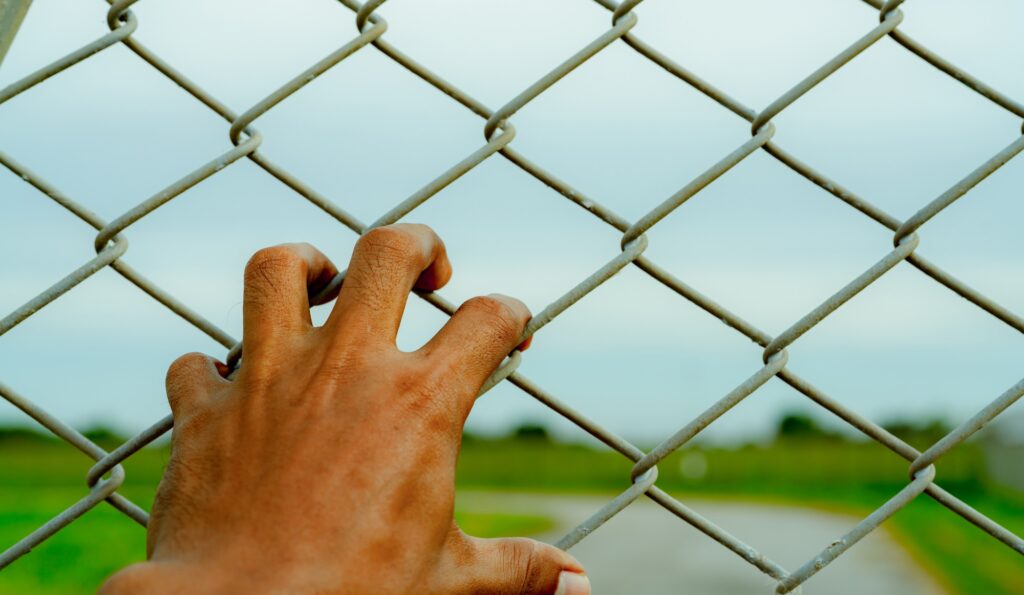Introduction
Denmark has reported a historically low number of asylum approvals in 2024, granting protection to only 860 individuals. This marks one of the lowest figures in over four decades and is a direct result of the country’s strict immigration policies, often referred to as the “zero refugee” approach. The Danish government credits these policies with maintaining social cohesion, while critics argue they undermine humanitarian obligations. The decline in asylum numbers is part of a broader European trend, but Denmark stands out for its particularly restrictive stance on refugees.
Key Takeaways
- Historic Low in Asylum Approvals: Denmark approved asylum for only 860 individuals in 2024, compared to 1,343 in 2023 and over 10,000 in 2015.
- Strict Immigration Policy: The reduction aligns with Denmark’s long-standing efforts to minimize refugee intake.
- Ukrainian Refugees Not Included: The asylum figures exclude Ukrainians, who receive temporary protection under a special law.
- Government Justification: Authorities claim tighter immigration control allows better integration and social stability.
- Political Consensus: Both the center-left Social Democrats and right-wing parties largely support restrictive asylum policies.
- International Criticism: Denmark’s policies have faced pushback from human rights groups and EU institutions.
Denmark’s Declining Asylum Approvals
The 860 asylum approvals in 2024 represent a significant drop from previous years.
- In 2023, Denmark granted asylum to 1,343 applicants.
- In 2022, the figure was 1,403.
- During the 2015 European migration crisis, more than 10,000 refugees received asylum in Denmark.
This sharp decline is directly linked to government measures aimed at reducing refugee applications and limiting residency approvals.
Government’s Justification for the Low Numbers
Denmark’s Minister for Immigration and Integration, Kaare Dybvad Bek, defended the low asylum numbers, stating:
“I am fully convinced that we can thank our strict immigration policy for the low asylum numbers. It is absolutely crucial that we maintain control over who comes to Denmark.”
The Danish government argues that tighter immigration control ensures that refugees who do arrive can be better integrated into society, preventing issues like parallel societies, cultural clashes, and economic strain on welfare systems.
Why Aren’t Ukrainian Refugees Counted?
The 860 asylum approvals do not include Ukrainian refugees who arrived in Denmark due to the Russian invasion. Instead of applying for traditional asylum, 40,000 Ukrainians have been granted protection under a special temporary residency scheme.
- This system allows them to live, work, and access social services without formally being counted in asylum statistics.
- Around 11,000 Ukrainians who initially sought refuge have since returned to Ukraine.
- Danish officials argue that this approach prioritizes refugees from geographically closer regions, rather than broad asylum intake.
How Does Denmark Keep Asylum Numbers Low?
Denmark has implemented multiple policies designed to discourage asylum seekers from applying:
- Strict Border Controls:
- Denmark has reinforced its borders with Germany and Sweden, conducting frequent ID checks.
- Offshoring of Asylum Processing:
- The Danish government previously explored sending asylum seekers to Rwanda for processing, though legal barriers halted the initiative.
- Residency Revocations:
- The government has revoked residence permits for some refugees, arguing that conditions in their home countries have “improved.”
- Reduced Social Benefits for Refugees:
- Denmark has cut financial support for asylum seekers, making it a less attractive destination compared to other EU nations.
- “Ghetto Law” and Integration Requirements:
- Denmark has introduced tougher language and employment requirements for refugees.
- The government has implemented laws limiting the number of non-Western residents in certain neighborhoods, referred to as the “ghetto policy”.
Broad Political Consensus on Restrictive Asylum Policies
Denmark’s approach to immigration enjoys broad political support:
- The center-left Social Democrats, led by Prime Minister Mette Frederiksen, have continued a strict immigration policy, despite being traditionally more liberal.
- The right-wing Danish People’s Party and other conservative groups have pushed for even tighter restrictions.
- Even liberal and centrist parties have largely supported controlling refugee numbers, arguing it protects the Danish welfare system.
The combination of these policies has led to one of the lowest asylum approval rates in Europe.
Criticism from Human Rights Groups and International Organizations
While Denmark’s government defends its policies, the country has faced sharp criticism from international bodies:
- EU Human Rights Institutions: The European Court of Justice has challenged Denmark’s “ghetto laws”, arguing they violate non-discrimination principles.
- Amnesty International: Human rights groups have condemned Denmark’s removal of refugee protections, particularly for Syrians and Afghans.
- UNHCR (United Nations Refugee Agency): The UN has repeatedly urged Denmark to increase its asylum intake, highlighting its obligations under international refugee conventions.
Comparison with Other European Countries
While Denmark’s asylum figures have hit a record low, other European nations continue to process thousands of refugee applications:
- Germany: Approved over 100,000 asylum seekers in 2024.
- France: Granted asylum to around 50,000 applicants.
- Sweden: Though it has also tightened its policies, Sweden still approved over 10,000 refugees.
- Italy and Spain: Continue to process tens of thousands of asylum cases annually.
Denmark remains one of the strictest European countries in terms of refugee admissions.
Future of Denmark’s Immigration Policies
Looking ahead, Denmark’s restrictive stance on asylum is unlikely to change. The government has signaled that:
- No major increases in refugee intake are planned for 2025.
- Authorities will continue revoking refugee residency permits where possible.
- The government may seek new agreements for offshore asylum processing, despite previous setbacks.
- Integration policies will become even stricter, requiring more language proficiency and employment participation from asylum seekers.
Conclusion
Denmark’s record-low asylum approvals in 2024 underscore the government’s commitment to a “zero refugee” policy, aimed at limiting immigration and prioritizing integration. While authorities argue that strict controls ensure social cohesion, human rights organizations warn that these policies risk undermining international asylum obligations.
As other European nations debate their own immigration policies, Denmark’s approach remains one of the most controversial and restrictive in the region. Whether this policy model will be adopted elsewhere or face increased legal challenges remains to be seen.
#Denmark
Source – europeanconservative.com










